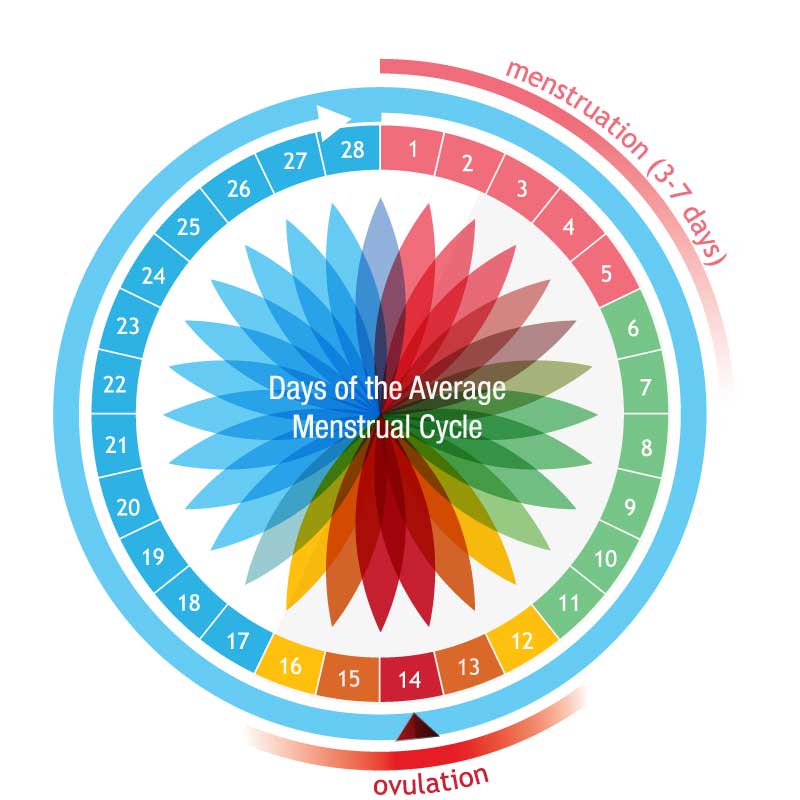Ovulating
When a mature egg is released from the ovary, pushed down the fallopian tube, and is made available to be fertilized it’s called ovulation. Approximately every month an egg will mature within one of your ovaries. As it reaches maturity, the egg is released by the ovary where it enters the fallopian tube to make its way towards waiting for sperm and the uterus. The lining of the uterus has thickened to prepare for the fertilized egg. If no conception occurs, the uterine lining, as well as blood, will be shed. The shedding of an unfertilized egg and the uterine wall is the time of menstruation.
Ovulation usually occurs halfway through your menstrual cycle, which lasts an average of 28 days counting from the first day of one period to the first day of the next. But as with everything pregnancy-related, there’s a wide range of normal here (cycles can last anywhere from 23 to 35 days), and even your own may vary slightly from month to month. Some women experience some discomfort in their lower abdomen which can be a sign of ovulating. Ovulation predictor kits are able to pinpoint your date of ovulation 12 to 24 hours in advance by looking at levels of luteinizing hormone, or LH, which is the last of the hormones to hit its peak before ovulation. Available at drugstores and pharmacies.


